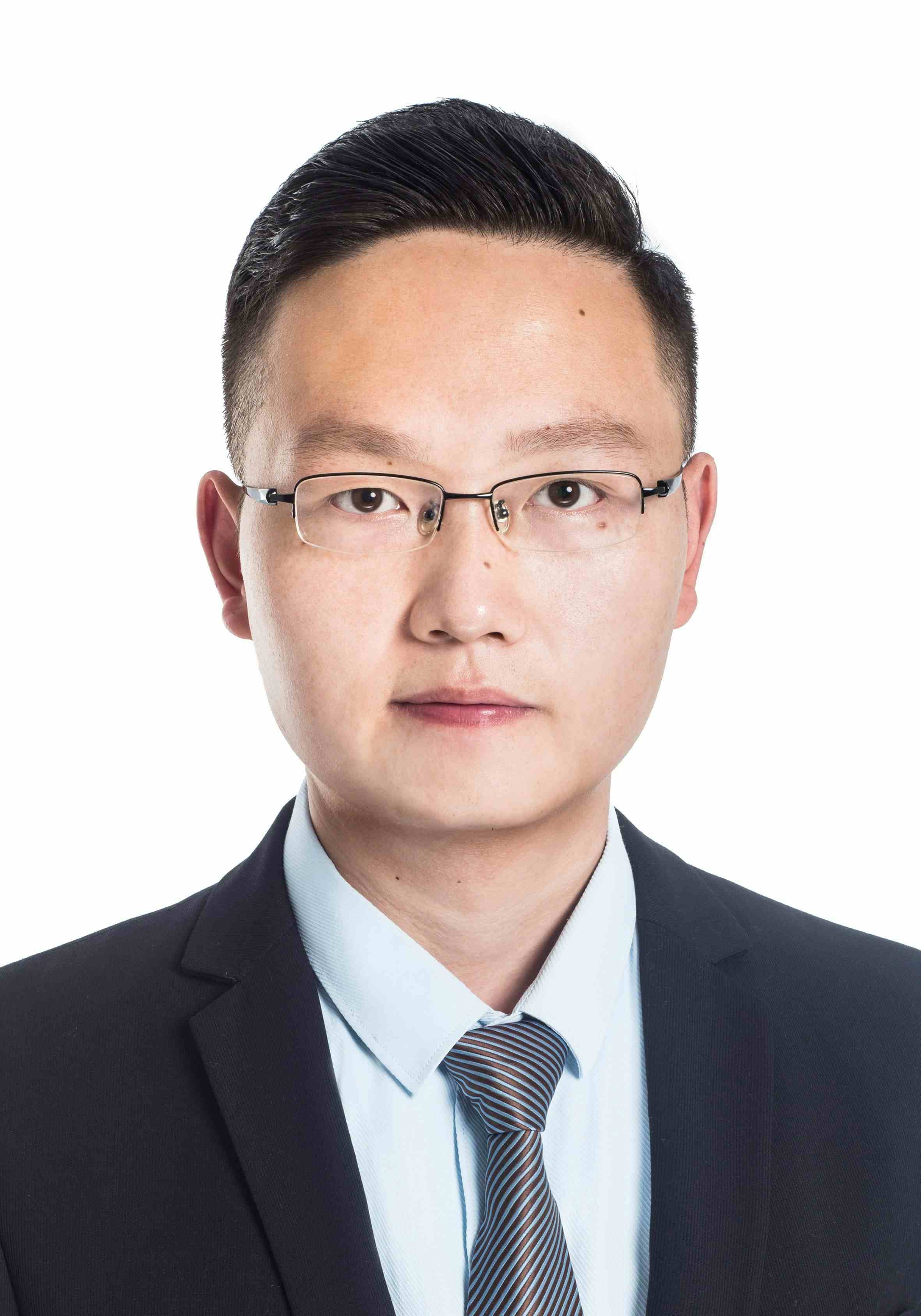New Optimization Approach Created for Chromatographically Purifying Oligonucleotides
Scientists from Politecnico di Milan in Milano in Italy created a new optimization approach for chromatographically purifying oligonucleotides. Their findings were published in the Journal of Chromatography A (1).
Amino acids in protein molecules, essential for DNA molecular structure, metabolism, muscle synthesis, and recovery. Key for health, fitness, bodybuilding, and nutrition through dietary supplements 3D | Image Credit: © Corona Borealis - stock.adobe.com

Oligonucleotides (ONs) are short-chain deoxyribonucleic (DNA) or ribonucleic (RNA) acids that can regulate gene expression. Typically made up of 13–25 nucleotides, ONs are designed to hybridize, specifically to DNA or RNA sequences. Solid-phase clinical synthesis is used to manufacture them for use in polymerase chain reaction (PCR), DNA sequencing, library construction, and artificial gene synthesis (2). With their action mechanisms and the possibility of controlling protein synthesis at a pre-translational level, ONs can offer new perspectives as novel therapeutics; this has led to significantly expanded demand growth in the coming years.
However, despite their potential, major manufacturing restrictions are limiting modern ON production capacities. The most current approach for ON production is phosphoramidite-based solid-phase synthesis, which, from a waste generation and material burden point of view, is costly and unsustainable. In this study, the scientists presented a resource-effective strategy for optimizing preparative reversed-phase (RP) chromatographic purification. First, they created a model based on the equilibrium-dispersive theory to describe chromatographic operations. This model assumes that the phase system is always close to equilibrium and that the contributions of axial dispersion and of the finite rate of the mass transfer kinetics on the band profiles can be accounted for by the use of an apparent dispersion coefficient (3). A case study using DNA with 20 nucleobases was considered, leading to a genetic algorithm being developed to efficiently determine the adsorption isotherm and mass transfer parameters for the target ON and impurities. Once the parameters were estimated, the scientists established a strategy for in silico optimization of the operation.
The product collection, gradient duration, and resin loading were considered as process variables, with their influence on yield and productivity were investigated after a purity specification of 99.0% was set. The optimal process parameters, which were identified through this analysis, were experimentally verified, confirming the model’s reliability, only requiring 5 experimental runs for calibration. Further, the optimal setpoint was exploited to design the ON mixture’s multicolumn countercurrent solvent gradient purification (MCSGP); this process uses three chromatographic columns, incorporating the principle of countercurrent operation and the possibility of using solvent gradients (4). By using MCSGP, the process’s yield was boosted and allowed for work at a cyclic steady state, all while respecting the purity constraint. To summarize, according to the scientists, “We demonstrated that the process parameters maximizing the productivity identified by our model-based strategy provided excellent results in the design of an MCSGP operation reaching the steady state already at the third cycle and respecting the purity specification imposed, while increasing the product recovery from <40% to >96%” (1). Overall, this in silico optimization strategy shows potential in both improving the performance of traditional single-column operations and the rapid development of multicolumn processes.
References
(1) Menza, S. T.; Prestia, R.; Fioretti, I.; Sponchioni, M. Model-Based Optimization Strategy for Intensification in the Chromatographic Purification of Oligonucleotides. J. Chromatogr. A 2024, 1736, 465321. DOI: 10.1016/j.chroma.2024.465321
(2) Mandal, A. What is an Oligonucleotide? AZoNetwork 2023. https://www.news-medical.net/life-sciences/What-is-an-Oligonucleotide.aspx (accessed 2024-9-13)
(3) Golshan-Shirazi, S.; Guiochon, G. The Equilibrium-Dispersive Model of Chromatography. In: Dondi, F., Guiochon, G. (eds) Theoretical Advancement in Chromatography and Related Separation Techniques. NATO ASI Series, vol 383. 1992. Springer, 1992; pp. 35–59. DOI: 10.1007/978-94-011-2686-1_2
(4) Aumann, L.; Stroehlein, G.; Morbidelli, M.; et al. CONTINUOUS PROCESSING: The Multicolumn Countercurrent Solvent Gradient Purification Process. MJH Life Sciences 2007. https://www.biopharminternational.com/view/continuous-processing-multicolumn-countercurrent-solvent-gradient-purification-process (accessed 2024-9-13)
Accelerating Monoclonal Antibody Quality Control: The Role of LC–MS in Upstream Bioprocessing
This study highlights the promising potential of LC–MS as a powerful tool for mAb quality control within the context of upstream processing.

.png&w=3840&q=75)

.png&w=3840&q=75)



.png&w=3840&q=75)



.png&w=3840&q=75)




